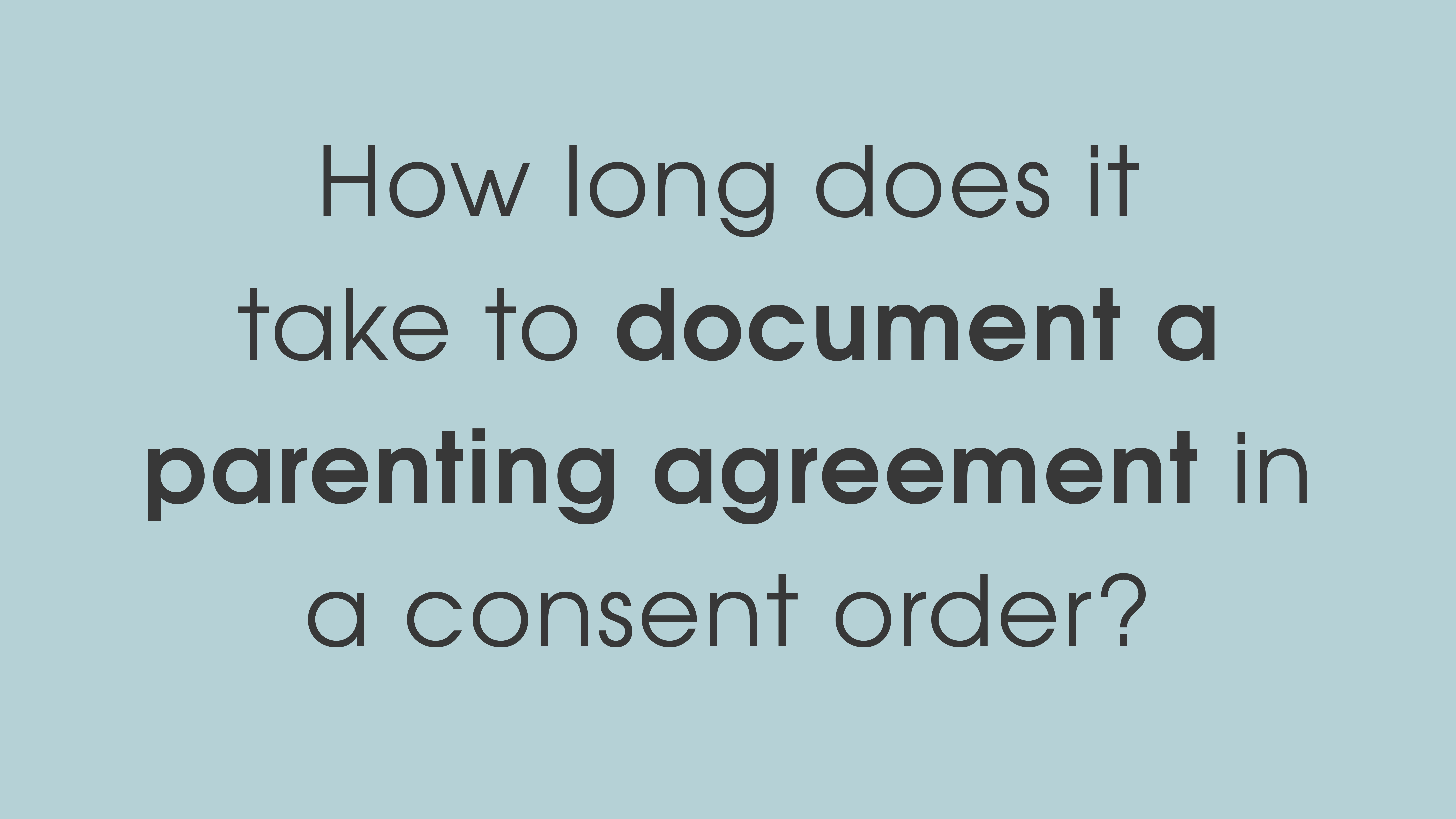How To Apply For A Domestic Violence Order

Everyone has the right to live without the fear of violence or abuse. The serious reality is that thousands of people across Australia suffer, or have suffered, from domestic violence of one form or another. One critical way of combating violence in the home is to empower individuals to remove themselves from these situations. What avenues are available to those who need help?
In this article, we will walk through the process of applying for a domestic violence protection order, and how it will protect your safety.
Am I experiencing domestic violence?
Domestic violence is commonly associated with physical or sexual abuse between family members. However, there are many non-physical behaviours that can be taken as family violence. Such behaviours may encompass:
- Any threatening behaviour that causes you to fear for your safety;
- Emotional or psychological abuse;
- Financial abuse;
- Forcing you to act against your will.
There are a variety of actions and behaviours that can contribute to a domestically abusive environment, including:
- Physical attacks;
- Controlling finances;
- Keeping a close eye on your whereabouts;
- Controlling who you associate with;
- Verbal or physical intimidation.
If you are experiencing these issues, or any other behaviour that causes you to fear for your own safety, or that of a loved one, you should consider taking steps to find legal protection.
Applying for a domestic violence order
Before moving forward with an application, always seek legal advice. It’s important that you are able to provide all the necessary information to ensure your case is made effectively.
The DV1 Application For A Protection Order form can be downloaded from the Queensland Courts website, and should be filled out with assistance from a legal professional. It is helpful for the court to understand the domestic violence you have gone through in as much detail as you are able to provide, including the behaviour involved and the date at which it occurred.
If you have immediate concerns about your safety, you can leave your address confidential and request a temporary protection order, which will put your case before the Magistrate’s Court, even before the respondent (the one accused) has been notified of your application.
Your application should be supplemented with any evidence of the abuse you suffered, which may include:
- Photos of injuries resulting from domestic violence;
- Testimonies from people who witnessed the violence;
- Phone calls, text messages, social media posts, voicemail messages, and the like from the respondent;
- Prior family law orders.
Previous court orders, such as those related to your children, or prior domestic violence orders, should be attached to the application. The application then needs to be signed in the presence of a qualified witness, such as a justice of the peace or your lawyer, and submitted to the court. The application cannot be made online, so a hard copy must be printed out and filed at the court.
After your application
After you’ve applied, you will receive a court date, which is usually about a month from your application. The police will then deliver the application to the respondent. You may also request an urgent temporary order that takes effect as soon as the respondent has been served with your application.
Appearing in court
The first court appearance, or ‘mention’, serves to allow the magistrate to see if the application has made it to the respondent, and if they agree or disagree with the order.
After this, the respondent may:
- agree with the order, in which case the magistrate may make the final domestic violence order based on the conditions you set out, which generally is in effect for 5 years;
- The respondent may ask for the case to be adjourned so they can seek legal advice. In this case, you should request a temporary protection order until the next court date;
- Oppose the order, requiring a contested hearing at a later date, in which you and the respondent, along with witnesses will testify about the issue.
If the respondent fails to show up at court, and the police can prove they have been served with the order, the court can create a final domestic violence order and may even issue a warrant for the respondent’s arrest.
Contested hearing
Before the contested hearing, you and the respondent as well as your respective witnesses should have your testimonies written down in affidavits, along with any supporting evidence such as photographs and medical certificates, and exchange them.
At the hearing, you and your witnesses will be asked questions about your claim by legal representatives for respondent or their legal counsel. Your legal representative will have the same opportunity to ask questions of the respondent and their witnesses. Make sure you have all your evidence available for the hearing.
After all the evidence has been submitted, and all witnesses have given their testimony, the court will then make a decision. If the magistrate is satisfied that you and the respondent were in a relationship, that domestic violence took place, and a protection order is necessary, a final domestic violence order will be made.
Some conditions the order may set out include stopping the respondent from:
- Going near your home or work;
- Contacting your family or friends;
- Contacting you, or other people named in the order;
- Having contact with your children.
If the magistrate decides against making a domestic violence order, you can appeal the decision within 28 days of the decision.
If you need someone to talk to about family violence you or a loved one are experiencing, reach out to DVConnect on 1800RESPECT. If you are at risk of immediate harm you should call the police.
If you need legal advice on moving forward with a domestic violence order application, don’t hesitate to contact our experienced team of family lawyers.






